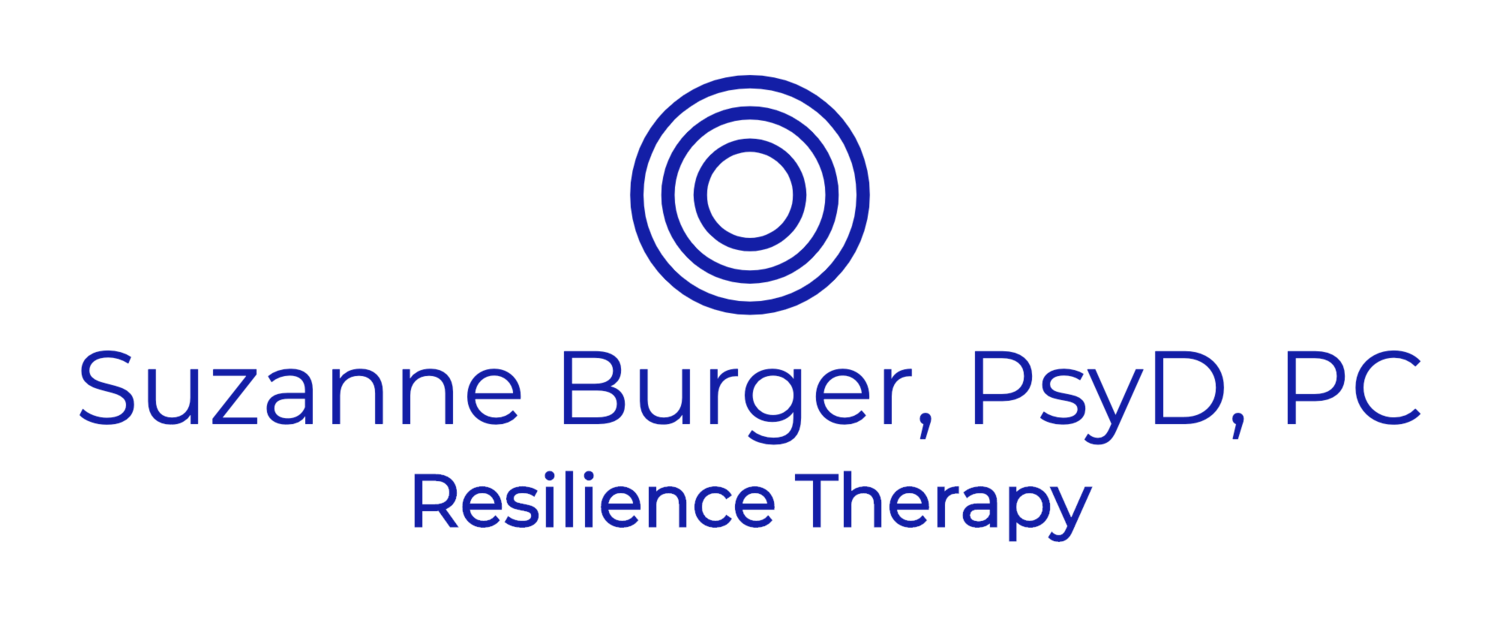The Better to Hear You With: A Brief Guide to Addressing Couples’ Communication Problems
/“We have two ears and one tongue so that we would listen more and talk less.”
Diogenes
Were the couples leaving my consulting room to take away this one pithy message, this alone would be transformative for their relationship. Having worked for more than twenty years with couples in distress, perhaps the most consistent pattern I have noted in unhappy couples is the tendency for each partner to jockey for airtime. What a sharp contrast to the scenes, both Hollywood created and actual, of a young man or woman transfixed by his or her lover’s voice. The listening, the eagerness, and the absorption in this courtship phase are magical. While the romantic song, written in 1934 and recut by Art Garfunkel in 1975 goes, “I only have eyes for you,” in fact new lovers also “only have ears for you.”
In contrast, couples that interrupt each other frequently or respond with such introductory phrases as “yes, but I…” generally struggle. Learning to slow down a conversation, to take time to listen to your lover’s thoughts and to reflect back something of what you have heard is a critical skill in committed relationships. While many people develop these skills in households where parents and siblings modeled this type of active and reflective, too often clients share with me that their parents “hardly ever listened to them.”
As therapy unfolds, I often mark progress when I see partners increasing their capacity to listen with curiosity and rapt - or at least eager - attention, to their partner’s concerns, stories, or requests. This usually reflects a growing sense that both parties know there is enough time to be heard. Implicitly, each party is thinking something along the lines of: “I have all the time in the world for you and I trust you will have time for me.” Or perhaps even, “I can give you my full attention right now and at this moment, I don’t need or expect to get it back from you. I will have other opportunities.” This is a key shift to a growing sense of caring and being cared for.
John Gottman, the well-respected marriage researcher, talks about the importance of building basic trust in a marriage or committed partnership. He defines trust as a “cooperative gain” model in which each party maintains the belief that both partners can be “winners,” that is, benefit from the other’s actions or intentions. The key to building this trust is developing and maintaining overarching view of your partner as being collaborative and supportive when it comes to your interests or needs. A primary and powerful way to build trust is through the art of listening.
So, how can couples use this information to effect change in their communication patterns?
The next time you sit down with your partner for a nice long talk, become mindful of how well (or not) you are listening.
- Do you stick with your partner’s topic and track it?
- Do you ask questions conveying evidence of your attention and curiosity?
- Do you respect and validate your mate’s concerns?
- Do you offer emotional support and empathy in word, expression or deed?
or, instead,
- Do you immediately jump in with your own agenda?
- Are you rehearsing your response/rebuttal even as you “listen”?
- Are you looking for holes or contradictions in your partner’s story?
- Do you find yourself distracted by your thoughts, your smart phone, or events going on around you?
When you persist in modeling these skills, you will most probably discover your partner sharing more, criticizing less and, remarkably, in turn listening to you. Even if you start out the use of reflective listening, validation and empathic in a manner that feels contrived or scripted, over time, your capacity to listen fully will grow, such that, recalling the wolf in the Little Red Riding Hood fable, you will have developed ears the better to “hear you with.”




